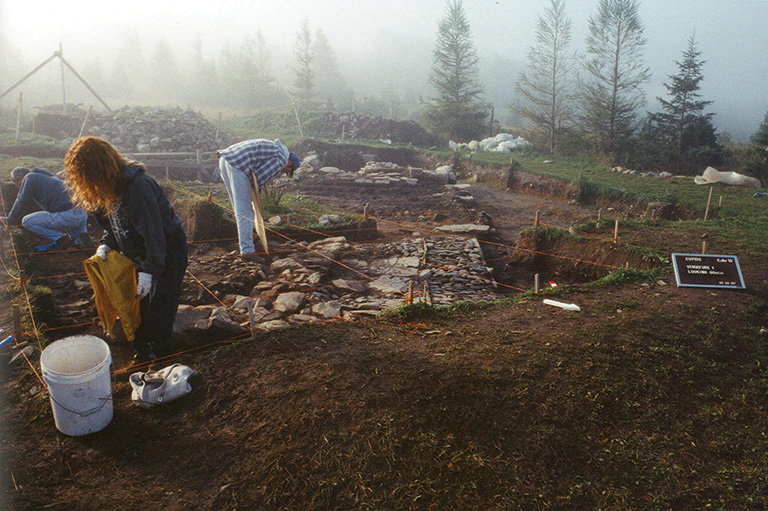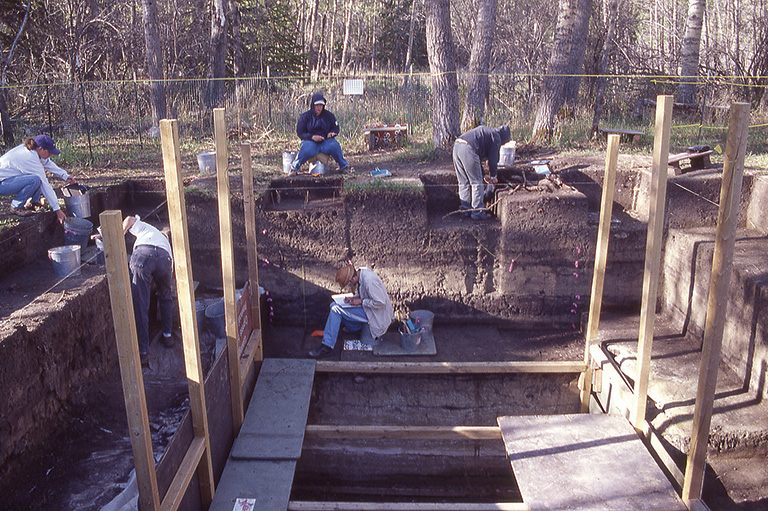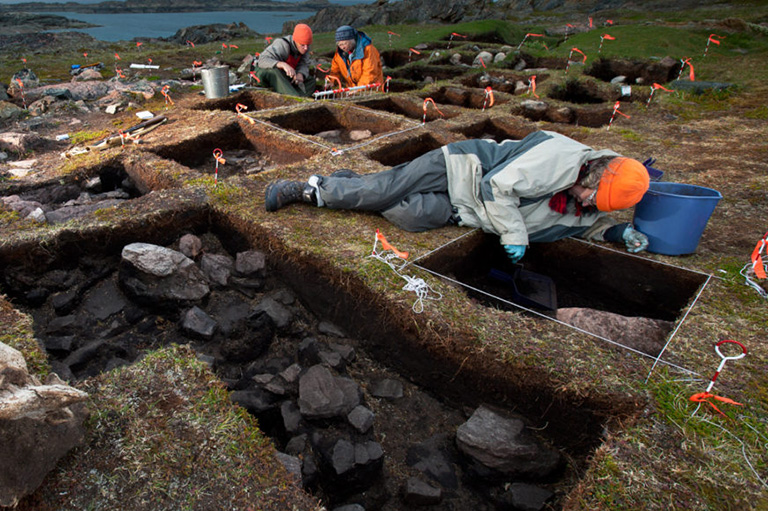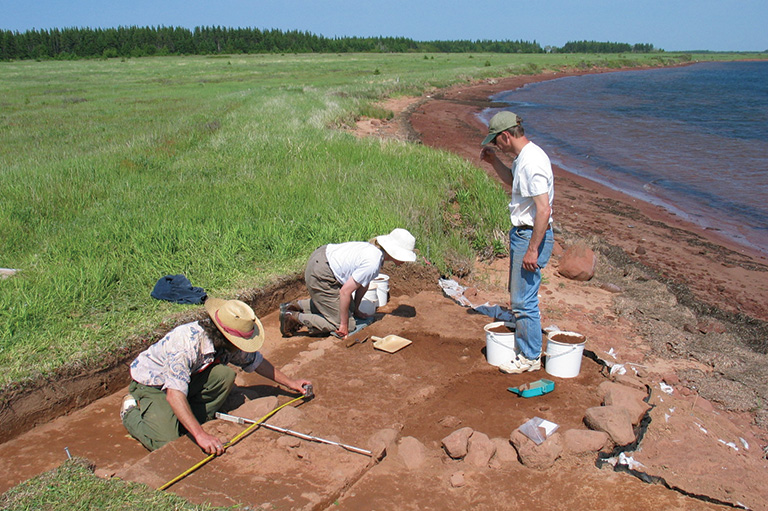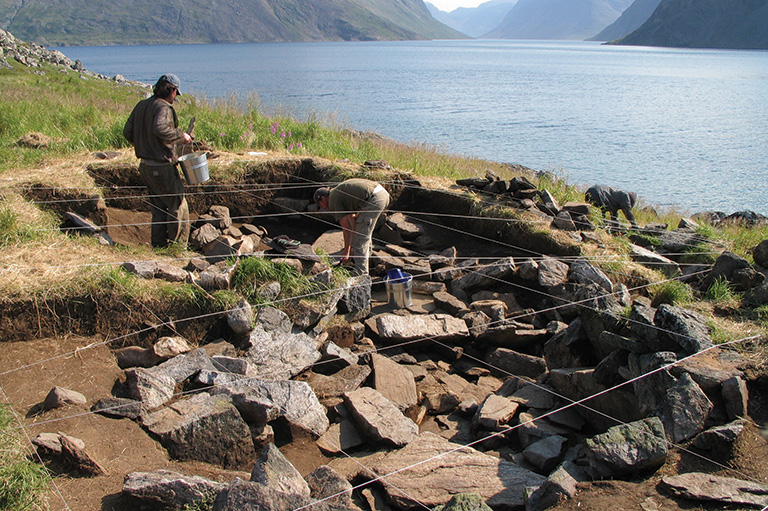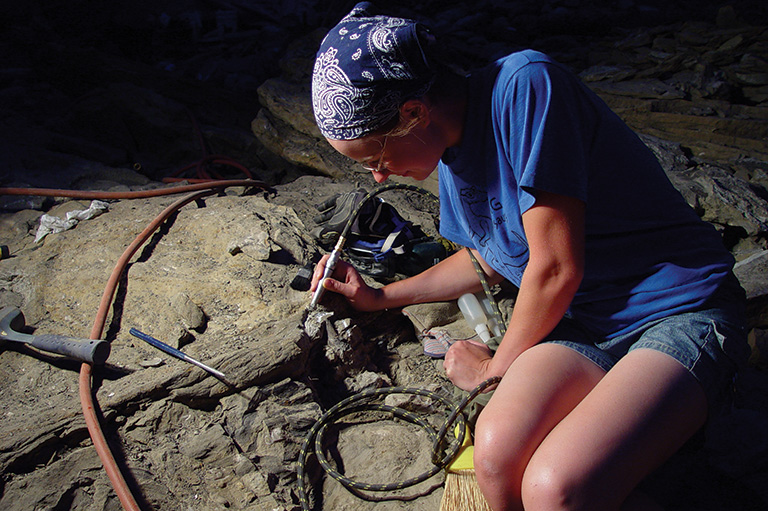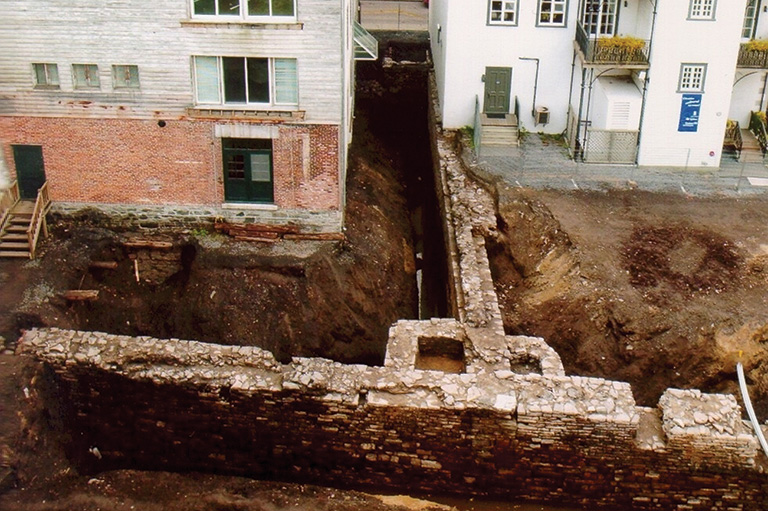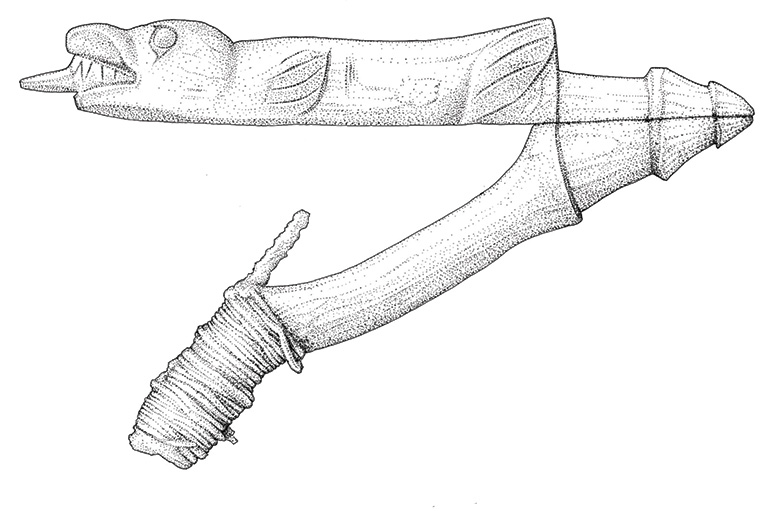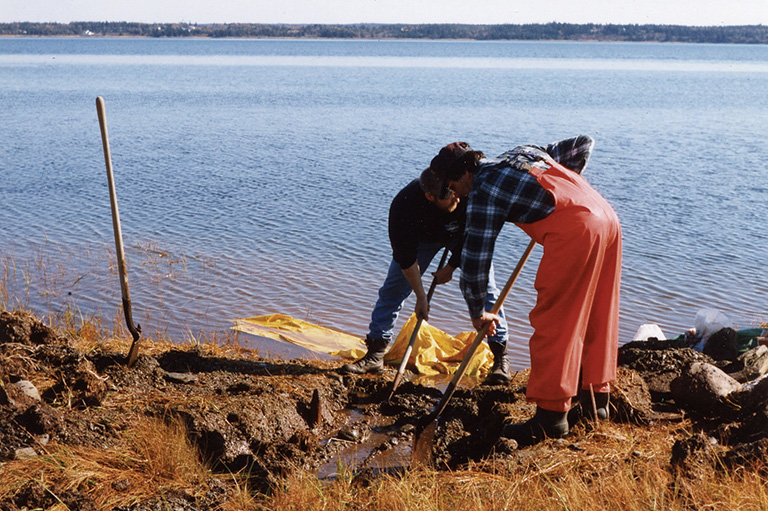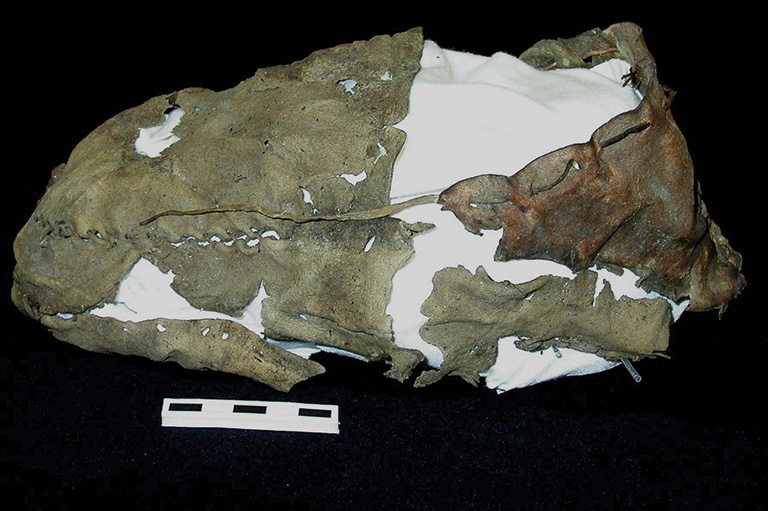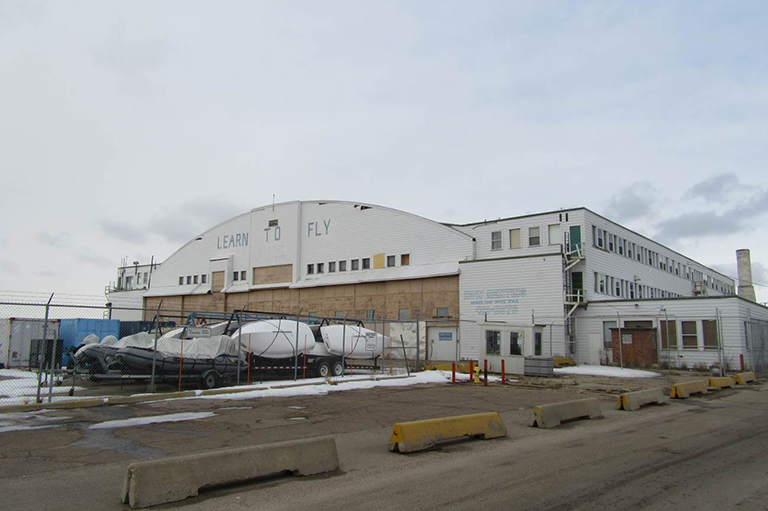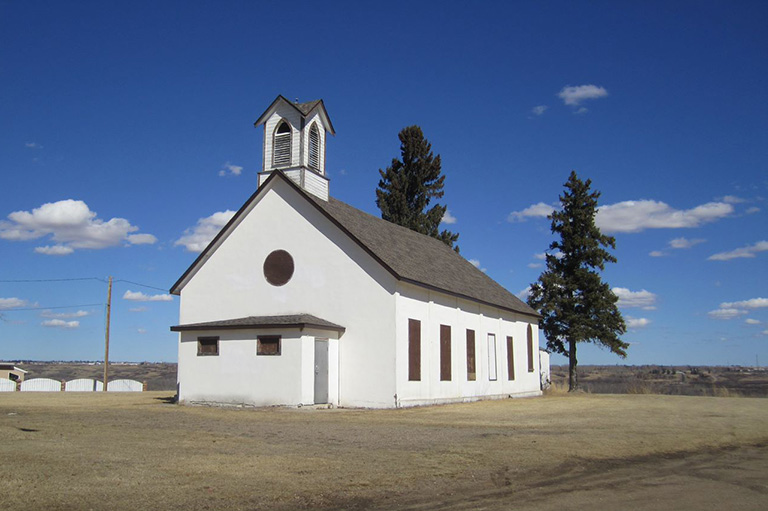Quebec City: Trash or treasure?

When Dr. Reginald Auger teaches his archaeology classes at Laval University in Quebec City, one of the things he always stresses is that if you want to learn about a residence, look around it.
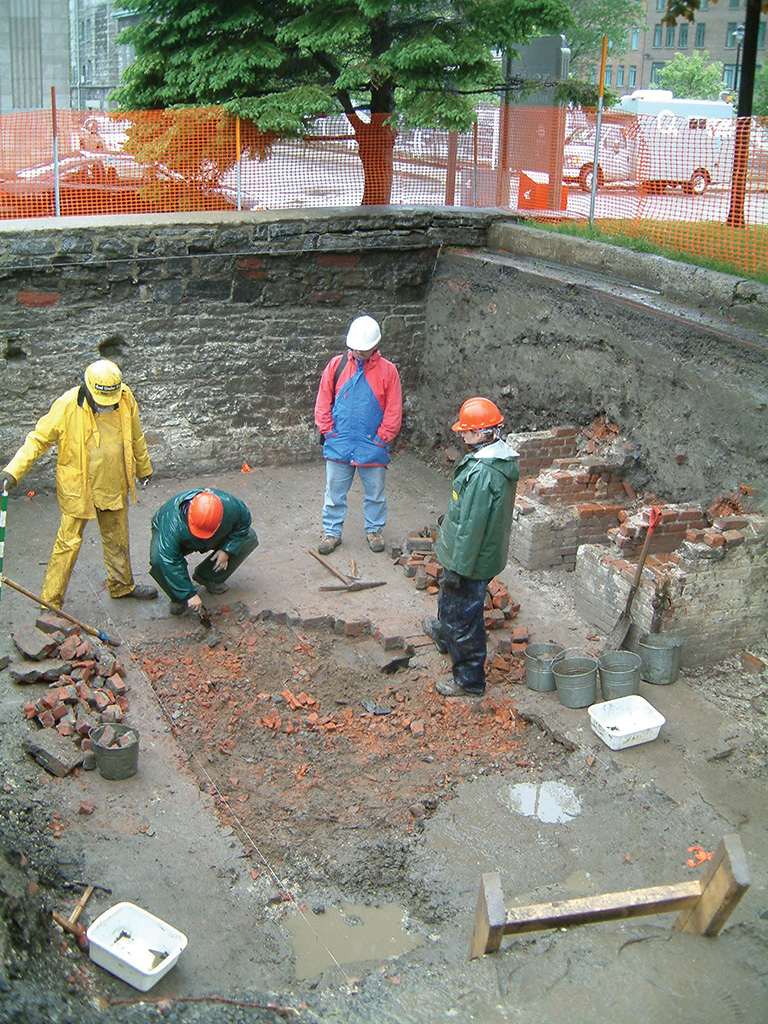
For it is here, he tells his students, that you will most likely find your richest source of information.
In 2000, in anticipation of the 400th anniversary of Quebec City in 2008, Auger and his team of archaeologists conducted excavations at the Palais de l’Intendant in the old city.
True to Auger’s theory, the team’s richest finds were outside the palace.
The palace was built in 1669 to house the intendant, appointed by the king of France, who along with the governor carried out the administration of the colony.
As the centre of official government business it was host to lavish social engagements, reflecting the prestige that accompanied the position of the king’s representative.
Devastated by fire in 1713, it was reconstructed in 1716 but destroyed again during the American invasion of Quebec City in 1775.
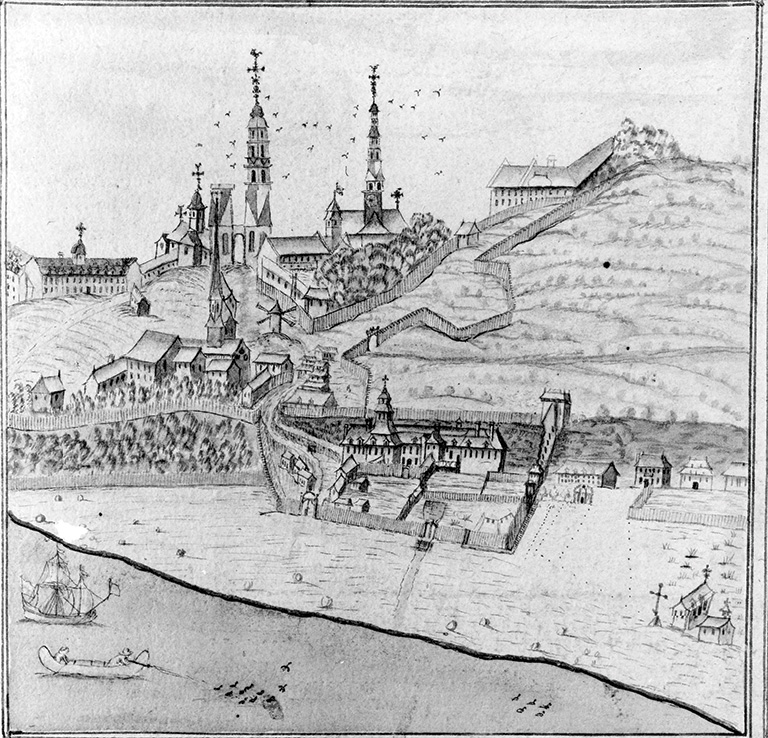
The site is owned by the City of Quebec, which lent financial and technical support to its archaeological exploration. It had previously been researched by Laval University archaeologist Marcel Moussette, who spent more than 10 years excavating the original palace.
Little remains of the architecture of the palace, but Auger’s excavations have revealed sections of a wooden palisade that surrounded the fortified city.
Remnants of its cedar posts, placed in 1690, were amazingly well preserved, and traces of the palace wall and pieces of its flagstone floor were unearthed. But the latrines behind the palace have proved to be the team’s gold mine, providing clues to the complete history of the site from 1725 to the 19th century.
It appears from the assortment of liquor bottles found that the latrines were a good place to nip out for a drink. And at least one unfortunate fellow may have pocketed the dice from his card game and lost them in the latrine.
Broken glass is abundant, and believed to have been deliberately placed to discourage scavenging vermin. Pieces of ceramics are plentiful, too.
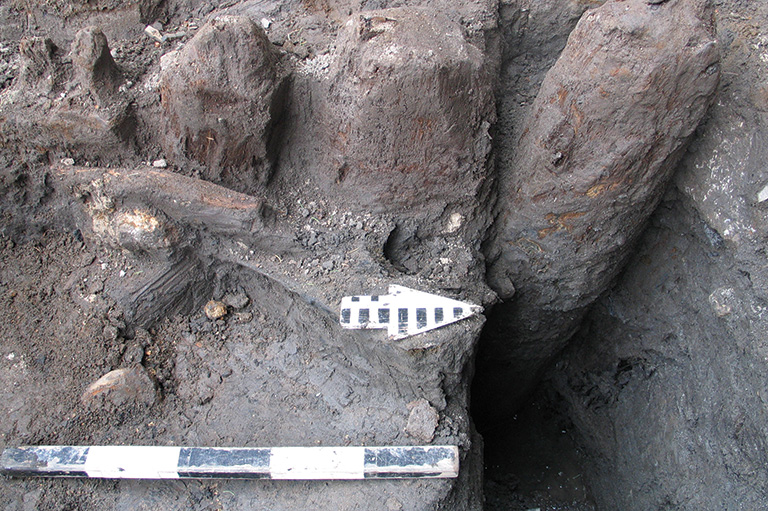
Outbreaks of cholera and other infectious diseases early in the 19th century prompted worried city officials to provide drainage so that run-off from the latrines would head straight into the St. Lawrence River.
Following the introduction of a city sewage system in the 1850s, the existing latrines were filled with garbage and layers of ash to prevent odours and bacteria.
Auger, an archaeologist with the Department of History at Laval, will return this spring with his team to see what additional tidbits of Canadian history can be found in the latrines.
The excavation site is open to the public weekdays from May to June, and the interpretation centre is open from late June to early September.
For further information, visit Ilotdespalais.ca.
We hope you’ll help us continue to share fascinating stories about Canada’s past by making a donation to Canada’s History Society today.
We highlight our nation’s diverse past by telling stories that illuminate the people, places, and events that unite us as Canadians, and by making those stories accessible to everyone through our free online content.
We are a registered charity that depends on contributions from readers like you to share inspiring and informative stories with students and citizens of all ages — award-winning stories written by Canada’s top historians, authors, journalists, and history enthusiasts.
Any amount helps, or better yet, start a monthly donation today. Your support makes all the difference. Thank you!
Themes associated with this article
Advertisement

